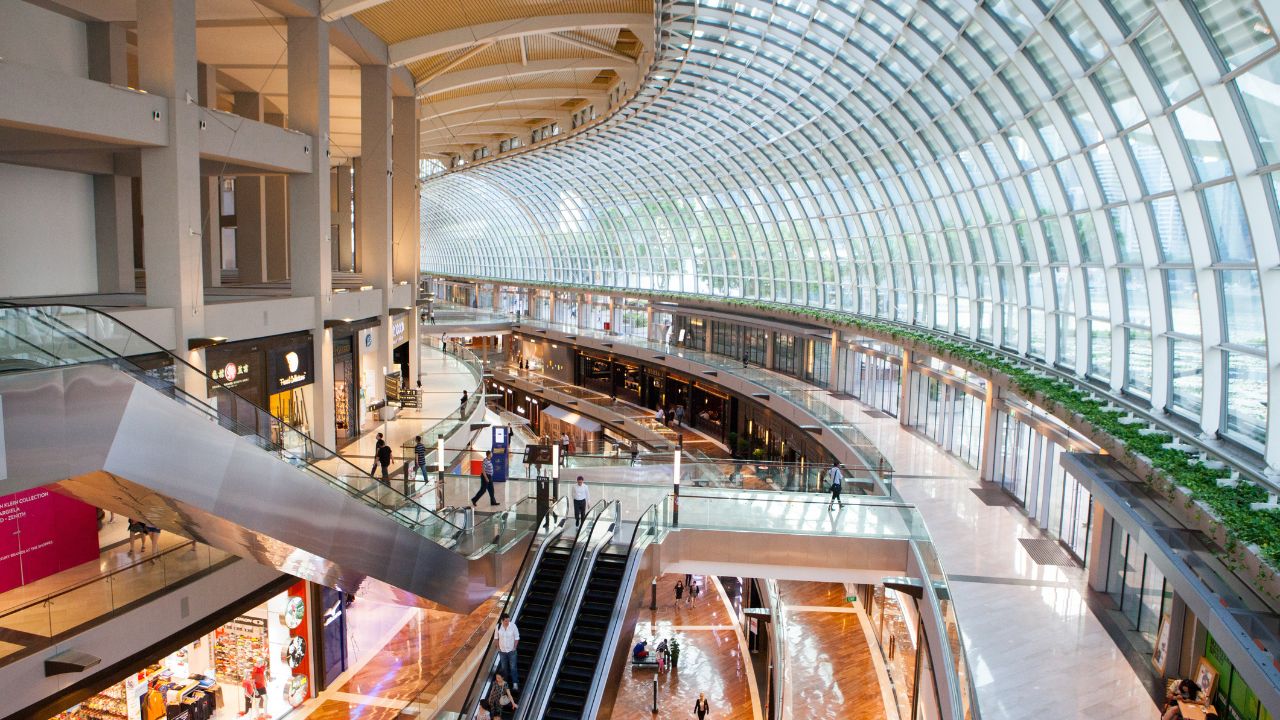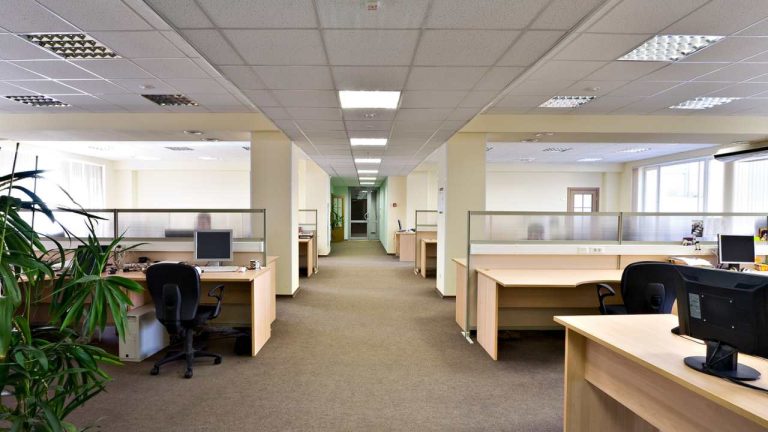Shopping Centre Management Game Plan
A retail shopping centre can be a complex investment property to manage and lease over time. That then requires specialised centre managers and an ownership strategy incorporating changes in market activity and retail focus.
Retail shopping today has changed significantly over recent years and will continue to do so. As online shopping tends to shape customers’ requirements and spending patterns, shopping centres must therefore adjust accordingly in the tenancy mix and enhance factors of customer attraction.

Unique Retail Factors
Every retail shopping centre’s design, customer base, and location will be unique. Those factors combine to underpin the retail property’s investment potential and business plans. Every landlord should have an investment strategy and a business plan for their retail property.
So, the game plan for a shopping centre can be created and detailed given the size of the tenancy mix, the property design, and the location. You can add to those factors the client’s investment targets or plan and the trends of the economy.
Ultimately, a thriving shopping centre with a good tenancy mix serving the local customer base will be the desired outcome for most property owners and investors. However, getting to that result is a delicate balance of many things.

Shopping Centre Stakeholders
The stakeholders in shopping centres are the customers first, the tenants second, and the investors third. Results are easily achieved when the investor or property owner works or builds their property leasing and investment plans around those factors first.
Here are some focus points to consider as you structure your strategic retail shopping centre game plan.
1. Setting Realistic Rents and Income
It is always lovely to think that the rental income for a shopping centre will improve over time, but that is not necessarily the case.
Changes in customer focus and the economy will shift a shopping centre’s recoverable rental and rental income potential.
There’s no point in having a shopping centre full of vacancies simply because the landlord has not faced the realities of market rental and customer interest. So, market rentals will change for the property class and location.
2. Optimising the Tenant Mix and Retention
Who are your good tenants, and where are the weaknesses in the tenant mix? Those questions give you both ends of the occupancy spectrum, and from a planning perspective, that is critical as a fundamental approach.
Support your good tenants and adjust or deal with the weaker tenants and occupancy matters. Do a SWOT analysis across your tenant mix.
3. Vacancy Reduction
There will be vacancies in all retail shopping centres simply because of plenty of tenants. Business owners are trying to deal with the customer base and the economy.
Sales mean everything for retailers, and a sales decline must be adjusted for. That is why tenants can leave, so every centre manager should have a ‘base plan’ for tenant replacement and property upgrade.

4. Maintenance and Expenditure
A property with plenty of tenants and many customers visiting daily will create maintenance, cleaning, and security issues.
So there is an expenditure budget for a shopping centre that can be set and planned for each year. Each month, that expenditure can be compared to the budget, and adjustments can be made.
The critical thing to remember here is that the expenditure budget for a shopping centre should be within the averages for the property class and the location.
Some of the expenditure costs may be recoverable from the tenants, which can apply extra pressure to the realities of occupancy.
5. Lease and Occupancy Documents
The quality of the lease documents will underpin the investment performance and its potential. Source, check, and capture all lease or occupancy documentation for the shopping centre.
So, landlords should have a standard retail lease that is created for their particular property and the investment plans that they have. That makes it much easier to lease and fill vacancies when and if they occur.
6. Risk Controls
There are risks when you think about any retail property. Those risks can be with the income streams, tenant occupancy, tenant types, property use, customer visits, health, fire, security, the plant and equipment, property design and improvements, and the standard elements you get with the location, such as storm and tempest.
So, what risks can you get with or from your retail property? Look for the risks, as they will be there. Then, start to design risk management plans for the situations high on the’ potentials’ list. Prepare for the problems that could happen, as they most likely will.

Property Performance
So, these factors are the central parts of a game plan in shopping centre management and leasing. Merge these items into your property performance plans. The control and directions you achieve will help underpin the shopping centre performance plans for the future.







